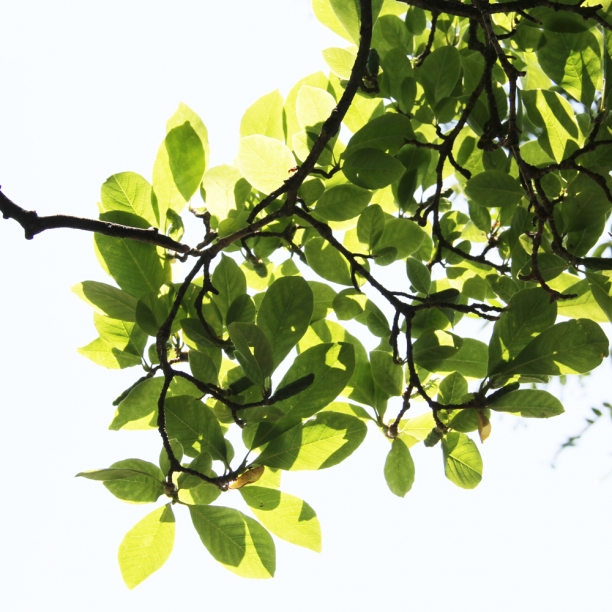Finally made it to Asheville for a long weekend get-away from flat Chicago. What a terrific combination of natural beauty, amazing food and serious art. Having grown up in driving range of the Canadian Rockies, I am admittedly a mountain snob; but driving into Asheville through the Cherokee National forest gave us our first look at these lush, misty mountains.

We spent a day driving the Blue Ridge Parkway, the blues and greens were amazing in the bright sunshine. At times we could count as many as 9 ridges of blue receding into the distance. We hiked at Craggy Dome and then got down to a lovely waterfall farther along the Parkway at Linville Falls. The radically different vegetation made it feel like a jungle hike with roots and vines and giant rhododendrons threatening to overtake the trail.
And Asheville itself was much larger than I expected and has a very impressive arts and gallery scene. Blue Spiral and Haen (represents Evanston painter and friend Byron Gin) were inspiring. I had a great visit with Chuck Barnett at Gallery Asheville where I found a fresh, edgy art vibe that I liked. My favorite public art piece was Growth of the New Gods (Mel Chin, 2012), which features a giant basketball vine growing across the facade of the of Asheville Art Museum. So much more to explore next time.






















































